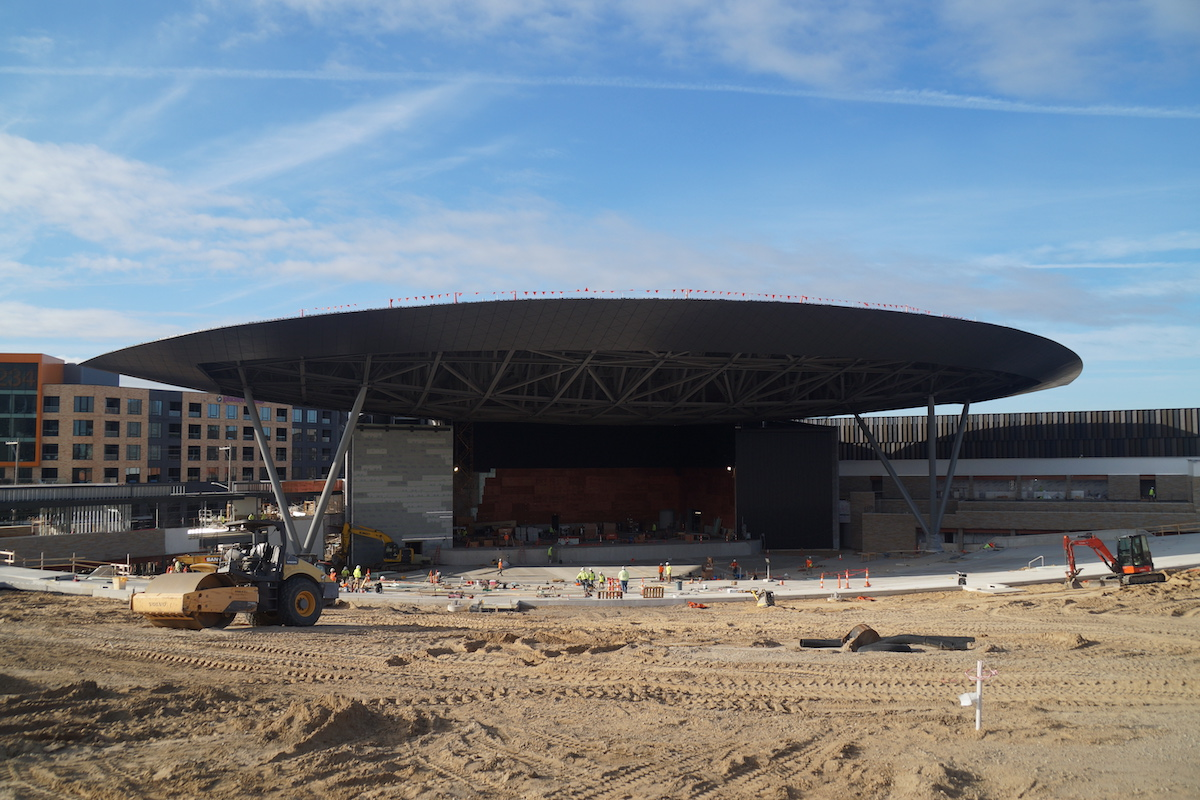Fishbeck has successfully transformed how infrastructure documentation is conducted through its recent involvement in the MDOT design survey as-needed statewide contract. The company was retained to complete mapping and structure inventories along a crucial stretch of M-46.
The comprehensive project included a two-fold approach, addressing both the westerly and easterly portions. The westerly section, spanning 2 miles from US-31 to Muskegon Avenue, involved a full design survey. Meanwhile, the easterly portion, covering 7 miles from US-31 to Maple Island Road, focused on structure inventories.
The primary objective of the project was to facilitate resurfacing and concrete inlay, with a focus on retaining underground utilities. MDOT sought an innovative solution to assess the condition of 775 structures within the project limits before initiating the resurfacing process.
To streamline the process and eliminate the need for separate mobilization by MDOT crews, Fishbeck's crews utilized the 360-degree camera to capture multiple photos of each structure, including both the exterior rim and interior conditions.

| Your local Trimble Construction Division dealer |
|---|
| SITECH Michigan |
The compiled data was organized in a GIS viewer, providing engineers with a comprehensive digital record and photo log of each structure within an intuitive web-based map. This groundbreaking approach eliminated the need for separate MDOT mobilizations and alleviated concerns about structure integrity, resulting in significant time and cost savings for all parties involved.
Fishbeck is now actively exploring the adoption of this innovative documentation procedure for other clients and projects. The method not only enhances efficiency, but also provides engineers with a clear understanding of structure configuration, pipe orientations, and flow directions, reducing uncertainties in infrastructure design.
In addition to the use of 360-degree cameras, Fishbeck employed mobile LiDAR (light detection and ranging) technology on the westerly portion of the project. This cutting-edge approach allowed the collection of precise data on all hard surfaces and assets within the project limits, further enhancing the overall accuracy and efficiency of the documentation process.


































































